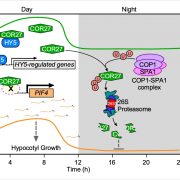
In the Cold of the Night: how COR27 Regulates HY5 Activity and Integrates Light and Circadian Signals
Blog, Research, The Plant Cell, The Plant Cell: In a NutshellZhu et al. discover that the COR27 protein interacts with the central regulators of light-mediated development COP1 and HY5 and plays a critical role in hypocotyl elongation. Plant Cell https://doi.org/10.1105/tpc.20.00192
By Wei Zhu (Southern University of Science and Technology, Shenzhen, China)…
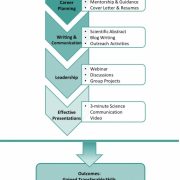
2020 ASPB Conviron Scholars Program Highlights
Blog0 Comments
/
The ASPB Conviron Scholars program delivers an experience intended to serve as a foundation for a career in plant science.
In spite of the pandemic outbreak this year, this program continued to strive and moved forward. Why? Because the ASPB Conviron Scholars program is a virtual…

Plantae Presents: Alejandra I. Huerta and Paola Reyes-Caldas
Blog, Plantae Presents, Research SkillsPlantae Presents - Alejandra I. Huerta and Paola Reyes-Caldas
Recorded Tuesday Sep 8, 2020 9:00 PM EDT (6:00 PM PDT)
Alejandra I. Huerta: In pursuit of durable disease resistance in rice: Exploiting effectors, allelic variation and MAGIC
Alejandra I. Huerta is an Assistant Professor of Phytobacteriology…
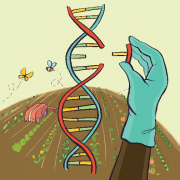
Plant Science Research Network Releases Decadal Vision 2020-2030
Blog, Plant Science Research NetworkResearch network presents action plan for the plant science community to maximize impact on pressing global issues such as human health and climate change.
Plant science research has tremendous potential to address pressing global issues including climate change, food insecurity and sustainability.…

Recognizing Plant Physiology authors: Amanda Martin Barranco
Plant Physiology, Plant Physiology: Author ProfilesAmanda Martin Barranco, first author of Dynamic control of the high-affinity iron uptake complex in root epidermal cells
Current Position: Postdoc in the team “Integrated Approaches to Ion Transport”, in the Institute for Integrative Biology of the Cell (I2BC), Gif-Sur-Yvette, France
Education:…

Recognizing Plant Cell authors: María Jazmín Abraham-Juárez
The Plant Cell, The Plant Cell: Author ProfilesMaría Jazmín Abraham-Juárez, first author of Evolutionary Variation in MADS-box Dimerization Affects Floral Development and Protein Abundance in Maize
Current Position: Researcher, CONACyT- División de Biología Molecular, Instituto Potosino de Investigación Científica y Tecnológica (IPICYT).…
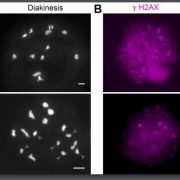
RDR6 is essential for double-strand break formation during male meiosis in rice
Blog, The Plant Cell, The Plant Cell: In BriefPlant RNA-dependent RNA polymerases (RDRs) are essential for the biogenesis of small, interfering RNAs (siRNAs). These polymerases function by converting single-stranded RNA transcripts into double-stranded RNAs, which are processed by Dicer-like ribonucleases into 21- to 24-nucleotide siRNAs (reviewed…
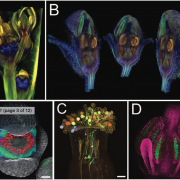
Review. Imaging flowers: a guide to current microscopy and tomography techniques to study flower development (J. Exp. Bot.)
Plant Science Research WeeklyFlowers bear the reproductive organs and determine the reproductive success of plants by producing fruits and seeds. Flowers usually include four whorls of organs: sepals, petals, stamen and carpel. In this review, Prunet and Duncan discuss various microscopic and tomographic techniques to image flower…
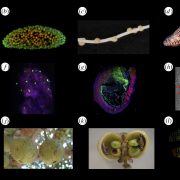
Review: Compartmentalization drives the evolution of symbiotic cooperation (Proc. Roy. Soc.)
Plant Science Research Weekly
Many plants take advantage of microbial symbionts to boost their nutrient uptake, with classic examples provided by mycorrhizal fungi and the legume/Rhizobia partnership. Similar symbiotic partners are found in other domains of life, including the coral/dinoflagellate symbiosis, and the symbiosis…

